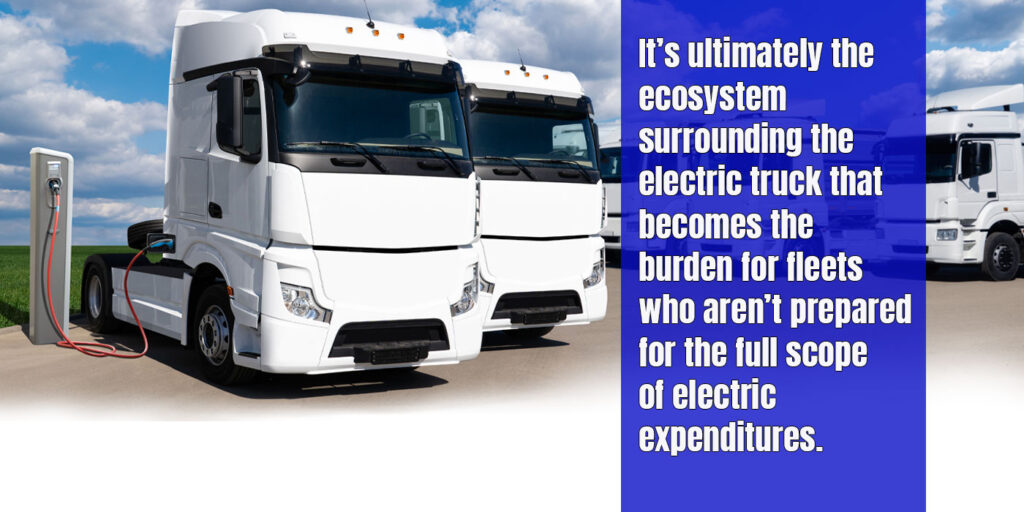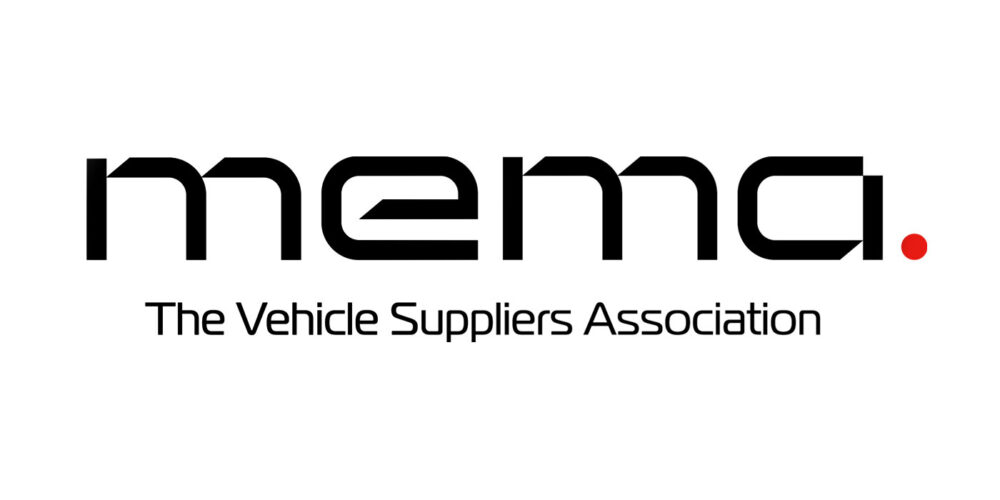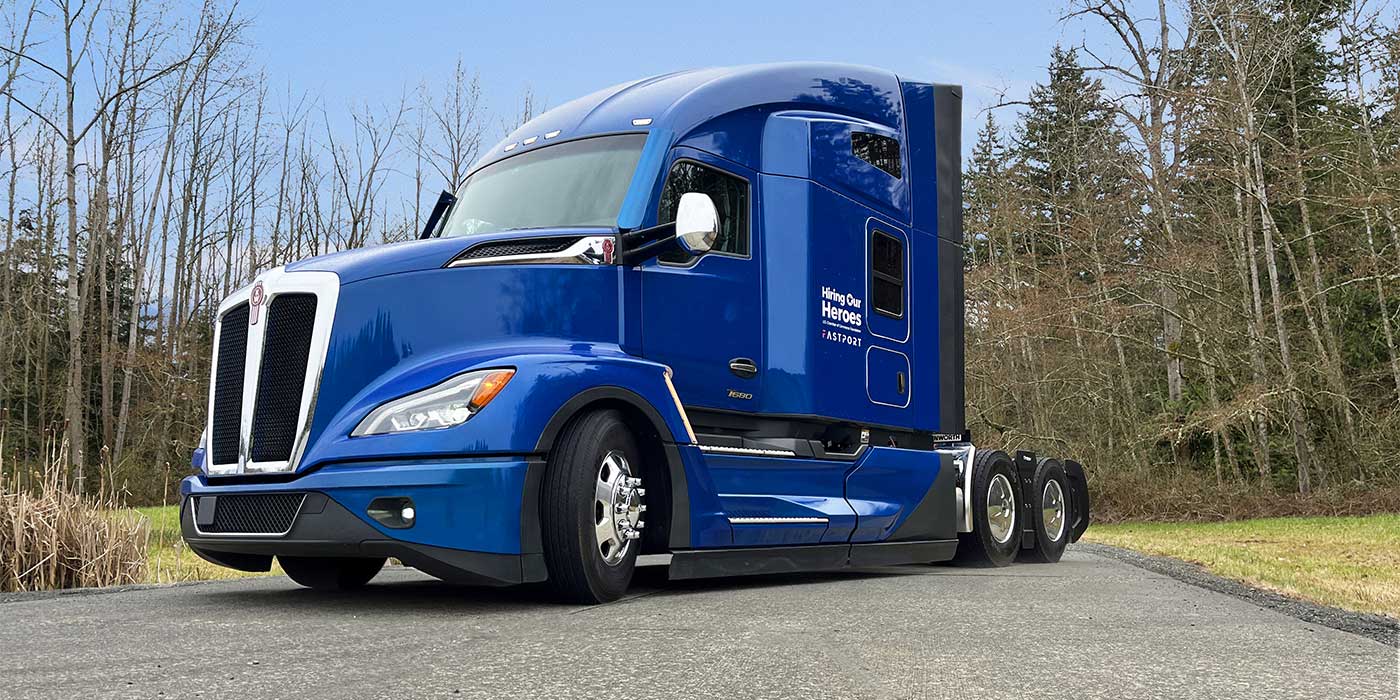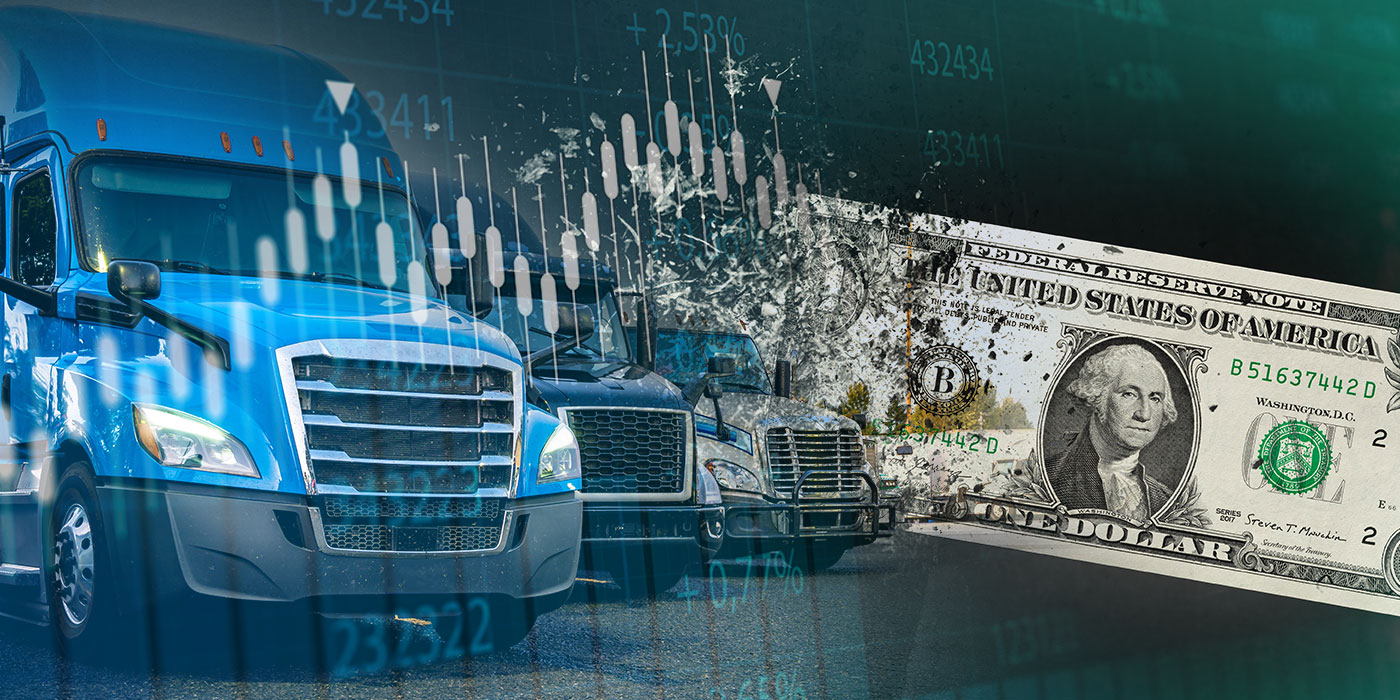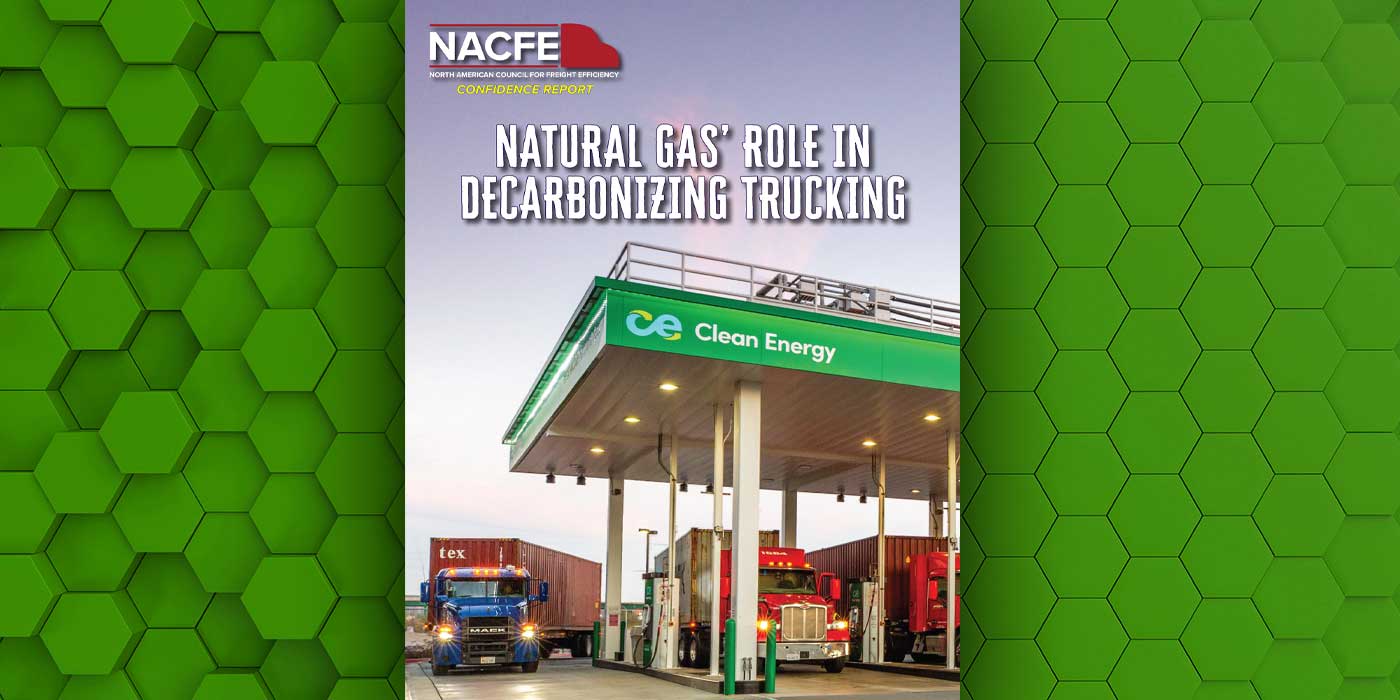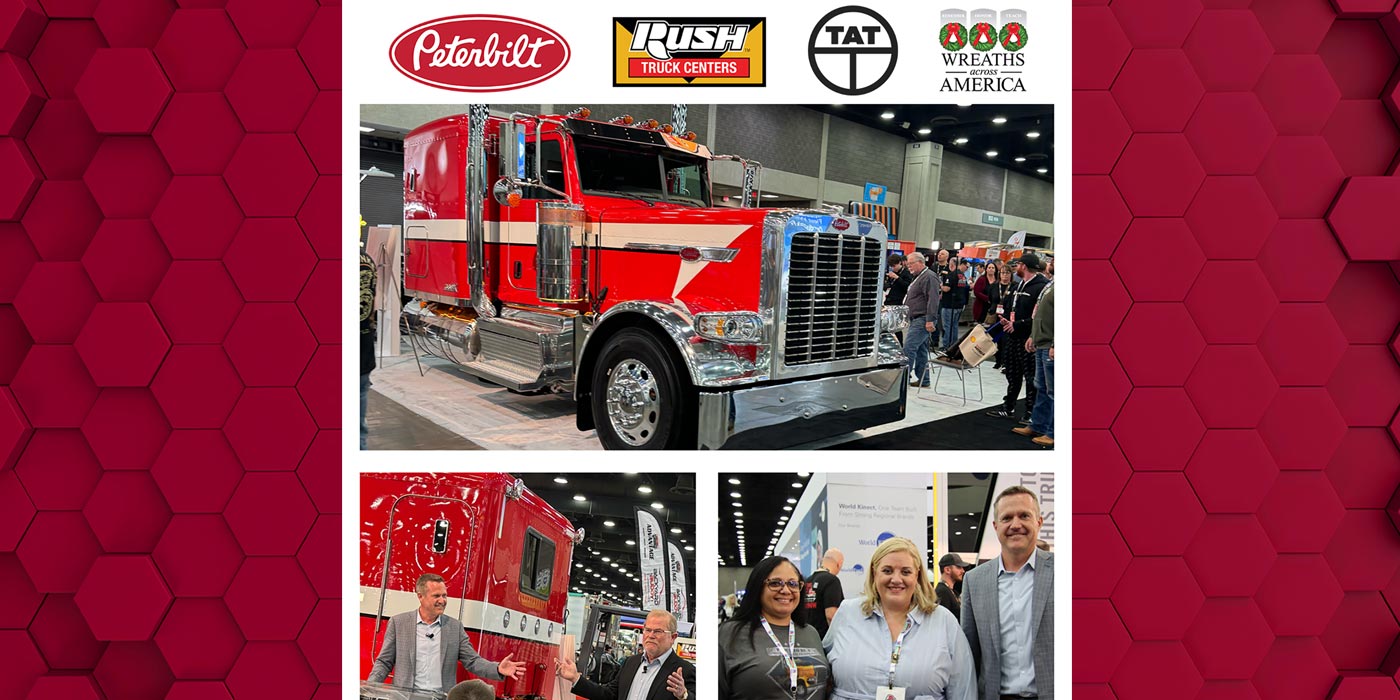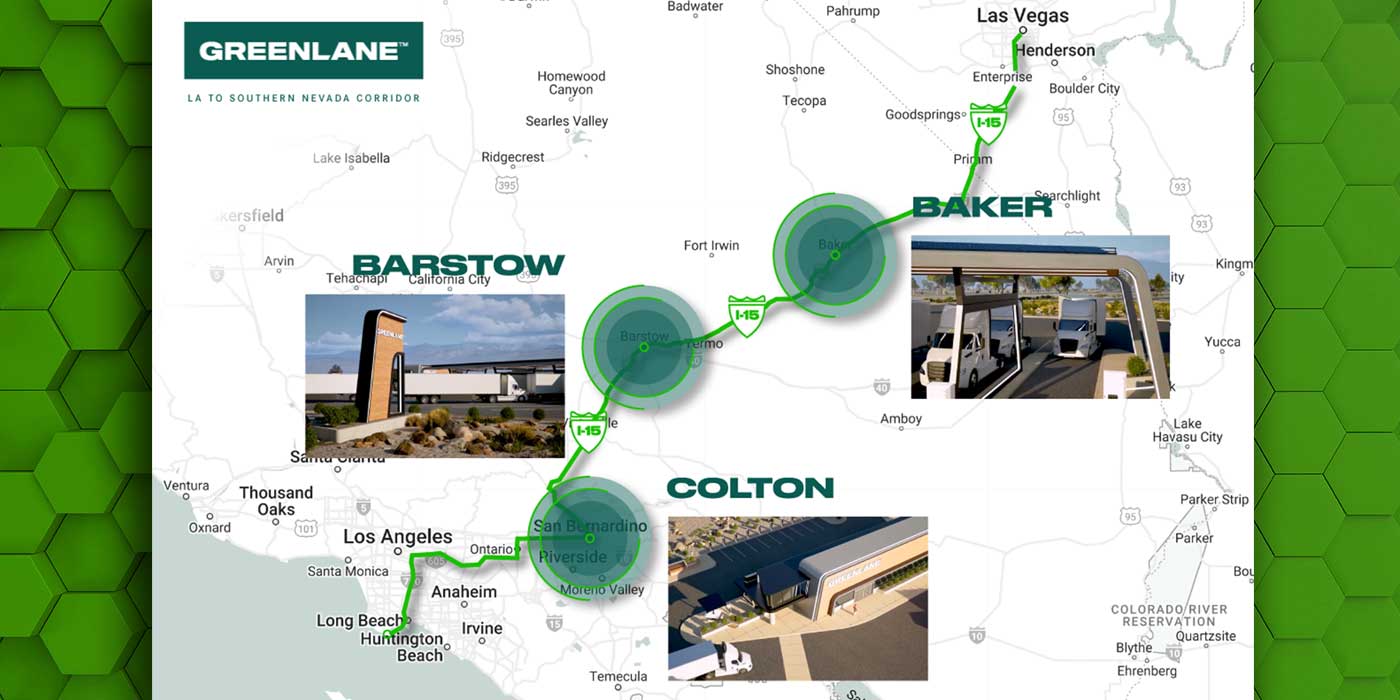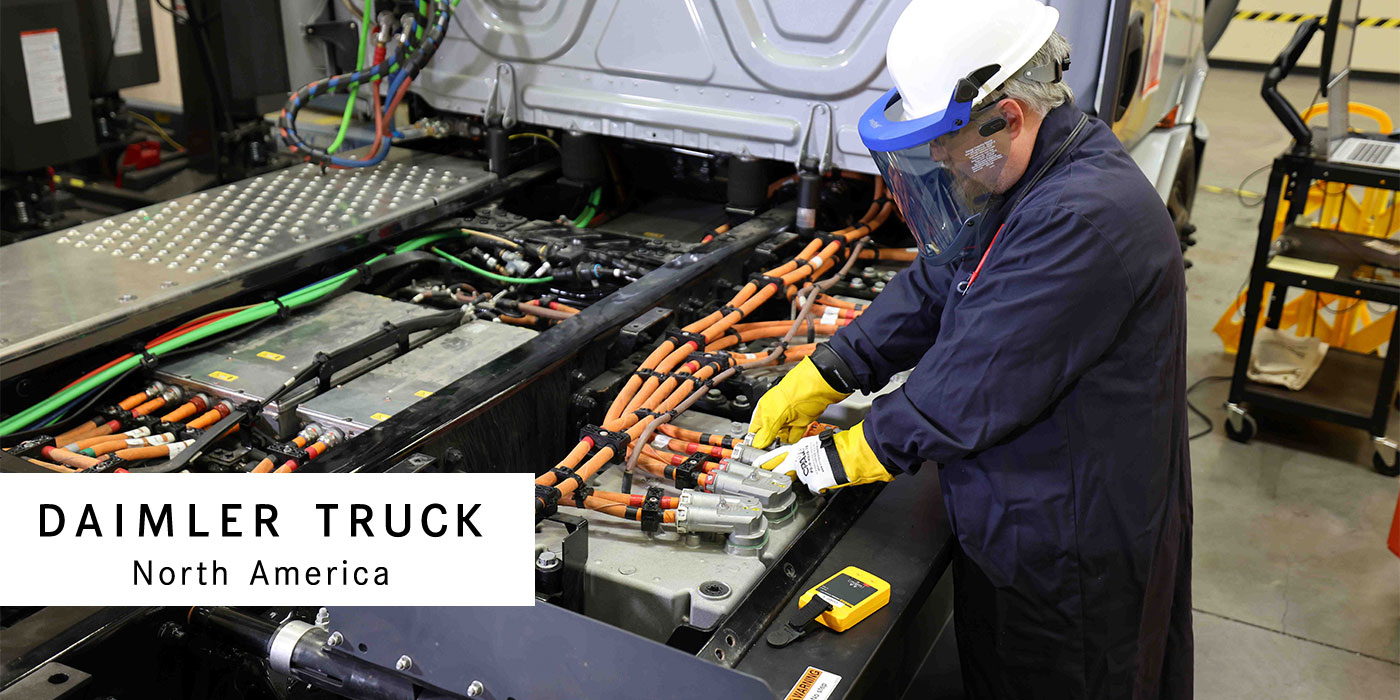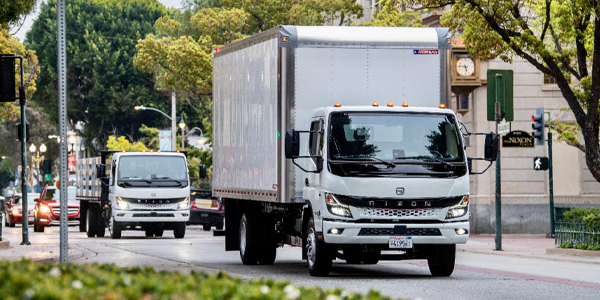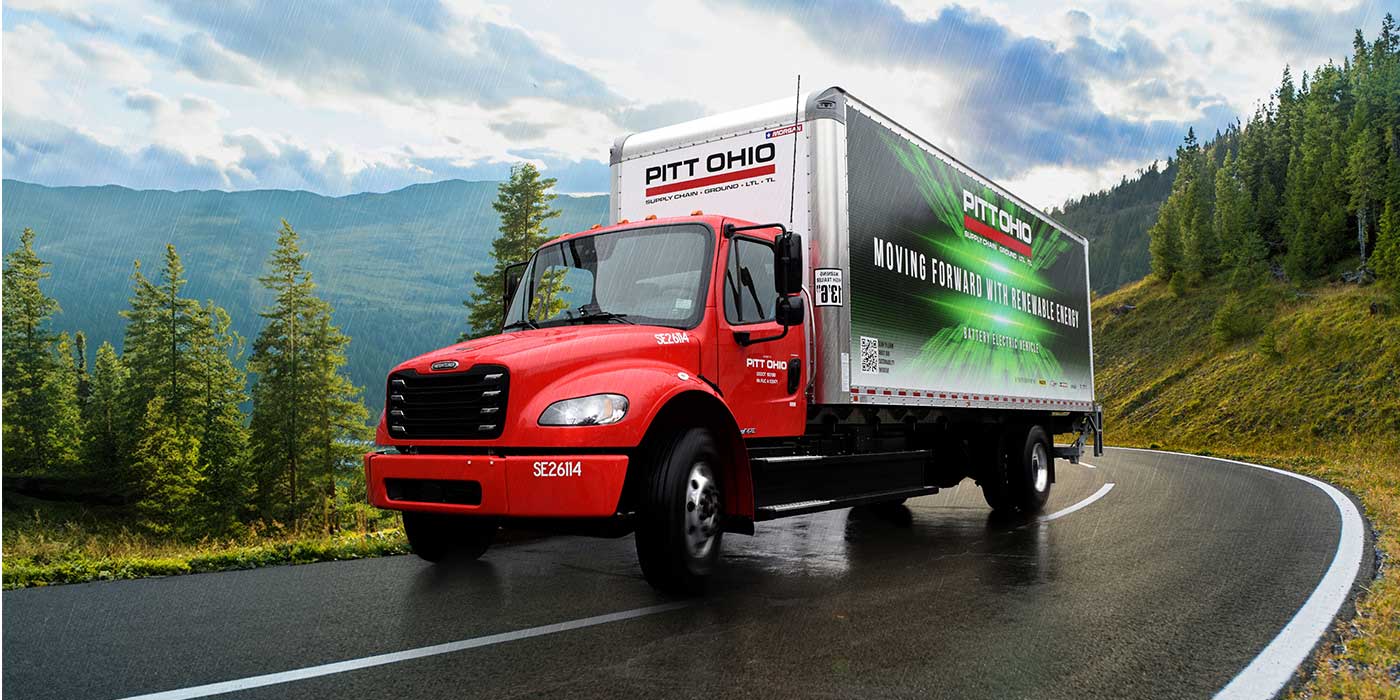The most wonderful time of the year is finally here, because it’s that time again to announce Fleet Equipment’s Trend of the Year. Typically, when this annual story rolls around the editorial staff takes a week or so to pore over our content from our most recent cycle around the sun, articulating in detail our respective arguments for what the topic should be, commencing with a debate which I like to imagine is only rivaled by that depicted in something like “A Few Good Men.”
This year we skipped all that because the answer was obvious: The big trucking trend for 2021 is decarbonization.
Are you surprised? Probably not (especially if you read the headline). In 2021, we published 1,307 stories related to decarbonization. Let that sink in.
I’ll tell you what did surprise me, though: Decarbonization is having its day in the limelight despite the supply chain strains that are now starting to feel like the norm. Fleets could have put up the timeout signal on their sustainability efforts when they got word of the microchip shortage, or when used truck prices hit the roof, or when their truck tires were stuck on container ships out in the ocean somewhere. But they did not.
This may have been a revelation to me, but not to trucking technology companies like Geotab. The company is sitting on a mountain of data that people like Charlotte Argue, senior manager of fleet electrification at Geotab, can use to read the electric tea leaves.
“One might have expected that the pandemic could have shifted resources and attention to other things, but if anything, fleet operators and companies are more ambitious than ever with their electrification goals,” Argue says.
But the pandemic started in the U.S. almost two years ago now (doesn’t feel that way, does it?), and fleets are no longer thinking about running their businesses week-to-week or month-to-month. As a result, the industry aperture has slowly refocused on long-term thinking.
“There are a lot of [electrification] drivers at play, from OEM investments and increased vehicle availability, strong government policy, operational cost savings, increased urgency of climate action and a refocus on ESG by businesses and organizations,” Argue says. “Early deployments are proving that in many cases, EVs offer substantial value and benefits for fleets.”
Industry players big and small have responded in kind with a “you want it, we got it” attitude, each with electric offerings aimed at carving out their respective slices of the sustainability pie. Peterbilt was the first to open Class 8 EV orders with the Model 579 EV, and put its medium-duty Model 220EV up for order earlier this year. Volvo Trucks has seen early success with the adoption of its VNR Electric. Daimler Trucks and Volvo Group have teamed up to form the joint venture cellcentric, with the goal of “accelerating the use of hydrogen-based fuel cells for long-haul trucks and beyond.” Kenworth has its “Driving To Zero Emissions” program, a product line that includes the Kenworth T680E (Class 8), K370E (Class 7) and K270E (Class 6) battery electric vehicles and focuses on providing electric Class 8 and medium-duty trucks to the marketplace to help drive down emissions. Mack delivered pre-production Mack LR Electric vehicles in 2020 to the New York City Department of Sanitation (DSNY), the world’s largest sanitation department, and Republic Services, which is testing the LR Electric model on a residential collection route in Hickory, North Carolina. Navistar also opened orders for its medium-duty International eMV Series earlier this year.
Click here if you’re looking for electric truck use cases.
Navistar’s Gary Horvat, vice president of eMobility, concurs that electric interest has been driven by updates to federal and state regulations as well as the continued focus on technology advancements.
“Some customers are also a driving force in zero-emission technology interest and adoption, with a priority placed on sustainability goals for those organizations,” Horvat says. “There has been a noticeable increased interest from customers on the development and deployment of electric vehicles more recently.”
Do the diesel dance
This is the point where I imagine some of you nodding in agreement, while others are shaking your fists in the air boasting “diesel or die!” After all, EVs make up less than 1% of the commercial market right now, according to NACFE’s own industry engagement director Dave Schaller. “You call 1% a trend?” you might ask.
It’s important to understand that decarbonization doesn’t equal electrification, and it doesn’t equal the death of diesel. Diesel isn’t going anywhere anytime soon, and it’s still the go-to fuel source for the vast majority of commercial trucking operations. That being the case, the decarbonization movement doesn’t mean suppliers and manufacturers are abandoning the diesel ship, and there’s a concerted effort there to reduce GHG emissions coming from diesel-powered engines, too. Fleets focusing on fuel efficiency with the latest diesel powertrain are burning less fuel, and as such, diesel development is still a huge focus and will continue until zero-emission powertrains are more approachable and profitable for a wider variety of fleets.
Daimler Trucks, for example, currently has a partnership with Cummins for them to produce the OEM’s medium-duty engines after 2025. Daimler is also seeking heavy-duty engine partnerships to share the required investments needed to implement upcoming emissions regulations.
Geotab’s Argue points out that the company’s telematics software is designed to help fleet operators remove some of the assumptions and guesswork to meet their electrification and decarbonization goals. In many cases, fleets are taking a “crawl, walk, run” approach, integrating a small number of EVs before jumping into the deep end – and that’s OK.
“By leveraging insights from their fleet telematics data, Geotab can provide recommendations on where EVs are best suited for their fleets, based on the actual duty cycles of their current vehicles. Geotab can also identify inefficiencies within a fleet, allowing them to measure and monitor their fuel and emissions and identify and take action on priority areas to improve. “
The great decarbonization challenge
You probably don’t need to ask an expert like Navistar’s Horvat what trucking’s biggest decarbonization challenge is, because you already know – it’s cost. Horvat will say the same, albeit in a more eloquent manner.
“While some organizations have placed a bigger emphasis on sustainability goals, all customers will still prioritize operational costs. There must be parity with diesel when it comes to total cost of ownership for lower emission or zero-emission vehicles,” he says. “This involves not only the cost of the asset itself, but understanding the full ecosystem around an electric vehicle. This includes energy needs for charging infrastructure, on-route charging options, proper training for drivers and service providers.”
That last part is crucial. Decarbonization is about so much more than swapping in an electric powertrain and carrying on. It’s ultimately the ecosystem surrounding the electric truck that becomes the burden for fleets who aren’t prepared for the full scope of electric expenditures. The OEMs recognize this, and it’s obviously in their best interest for you to succeed.
Let’s reflect on that. Here are the top decarbonization headlines from the year to help hammer home the growing trend and how it will impact your fleet into 2022:


